It's been a great experience running our Regenerative Landscape Design - Online Interactive Course where we cover how to Design, Build and Manage Polycultures for Landscapes, Gardens, and Farms. It's particularly rewarding getting to know the participants and their projects from all over the world and watching their ideas and designs grow and develop throughout the course and finally be presented to the group. With permission, we'll be sharing some of the final designs from the course with you over the next few months. This week, we're presenting a design from Carla Blackmar based on the development of an outdoor classroom of an elementary school in Ohio, US.
Kramer Elementary School, Oxford Ohio - Regenerative Site Design by Carla Blackmar
Existing and Historic Conditions
Site Constraints
- Water: poor soils on top of slope means water runs off instead of soaking in. Water is in wrong place for food forest.
- Soils: Possible construction debris/ compaction during construction have resulted in poor soils
- Economic: School district has no funding for this project, would need to be paid
- for with outside $
- Deer: very high deer population will make it difficult to “beat them” to theharvest in the forest. Fencing is prohibitively expensive.
- Social: past outdoor education projects on-site have been abandoned.
Site Goals and Designs
Food Forest Plan Detail
Native Food Forest and Compost Area
Outdoor Classroom Plan Detail
Final Site Images
Regenerative Landscape Design - Online Interactive Course
Want to learn how to design, build and manage regenerative landscapes? Join us on our Regenerative Landscape Design - Online Interactive Course. We look forward to providing you with the confidence, inspiration, and opportunity to design, build and manage regenerative landscapes, gardens, and farms that produce food and other resources for humans while enhancing biodiversity.
You can find the course details here and at the moment we have a $350 ( 20%) discount for full enrollment to the course. Just use RLD2024 in the promo code section of the registration form to receive your discount.
Want to learn how to design, build and manage regenerative landscapes? Join us on our Regenerative Landscape Design - Online Interactive Course. We look forward to providing you with the confidence, inspiration, and opportunity to design, build and manage regenerative landscapes, gardens, and farms that produce food and other resources for humans while enhancing biodiversity.
You can find the course details here and at the moment we have a $350 ( 20%) discount for full enrollment to the course. Just use RLD2024 in the promo code section of the registration form to receive your discount.
Support Our Project
If you appreciate the work we are doing you can show your support in several ways.
Become a member of the Bloom Room. A $70 annual or $7 per month subscription to our Substack provides you with access to live sessions, design tutorials, a members forum and more, see details here.
Make a purchase of plants or seeds from our Nursery or Online Store
Joining us for one of our Practical Courses or Online Courses
Comment, like, and share our content on social media.
If you appreciate the work we are doing you can show your support in several ways.
Become a member of the Bloom Room. A $70 annual or $7 per month subscription to our Substack provides you with access to live sessions, design tutorials, a members forum and more, see details here.
Make a purchase of plants or seeds from our Nursery or Online Store
Joining us for one of our Practical Courses or Online Courses
Comment, like, and share our content on social media.

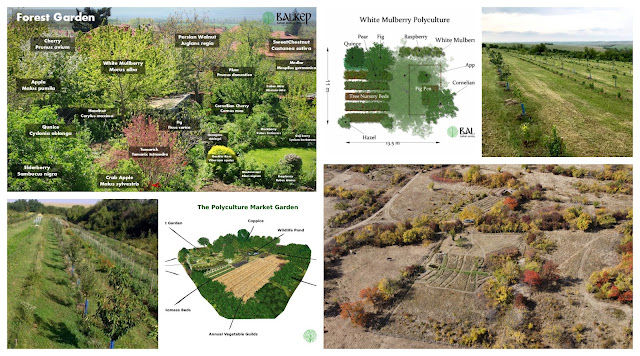


















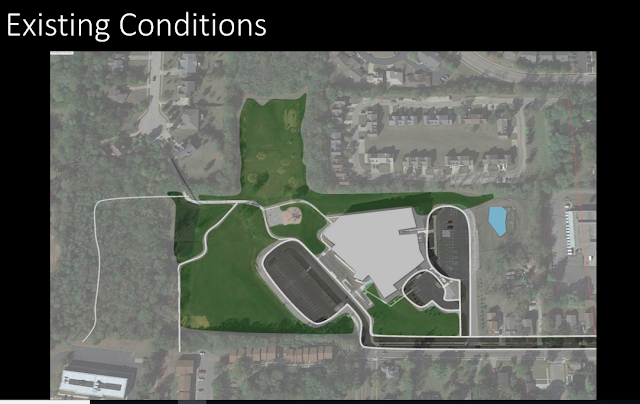




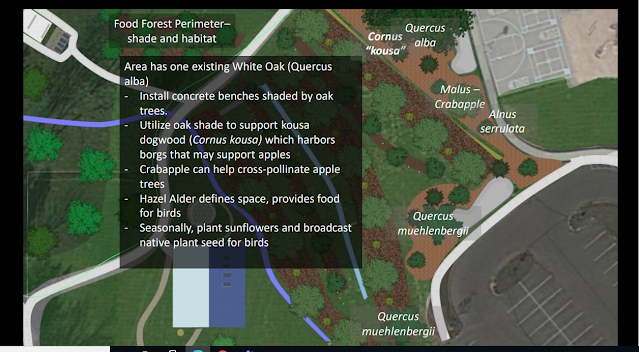
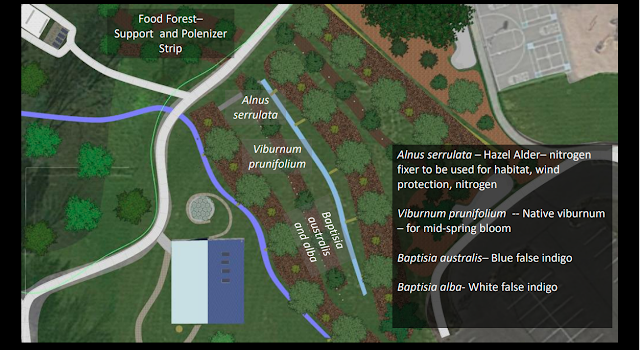








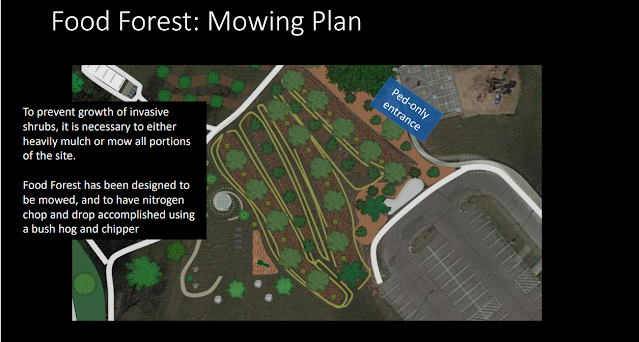
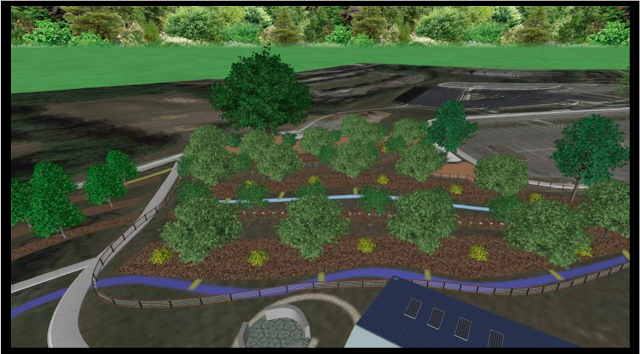








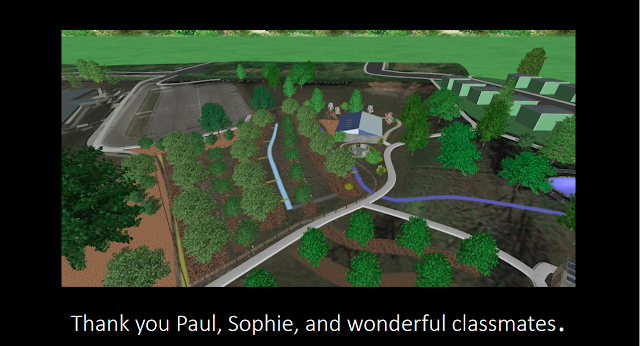



No comments:
Post a Comment